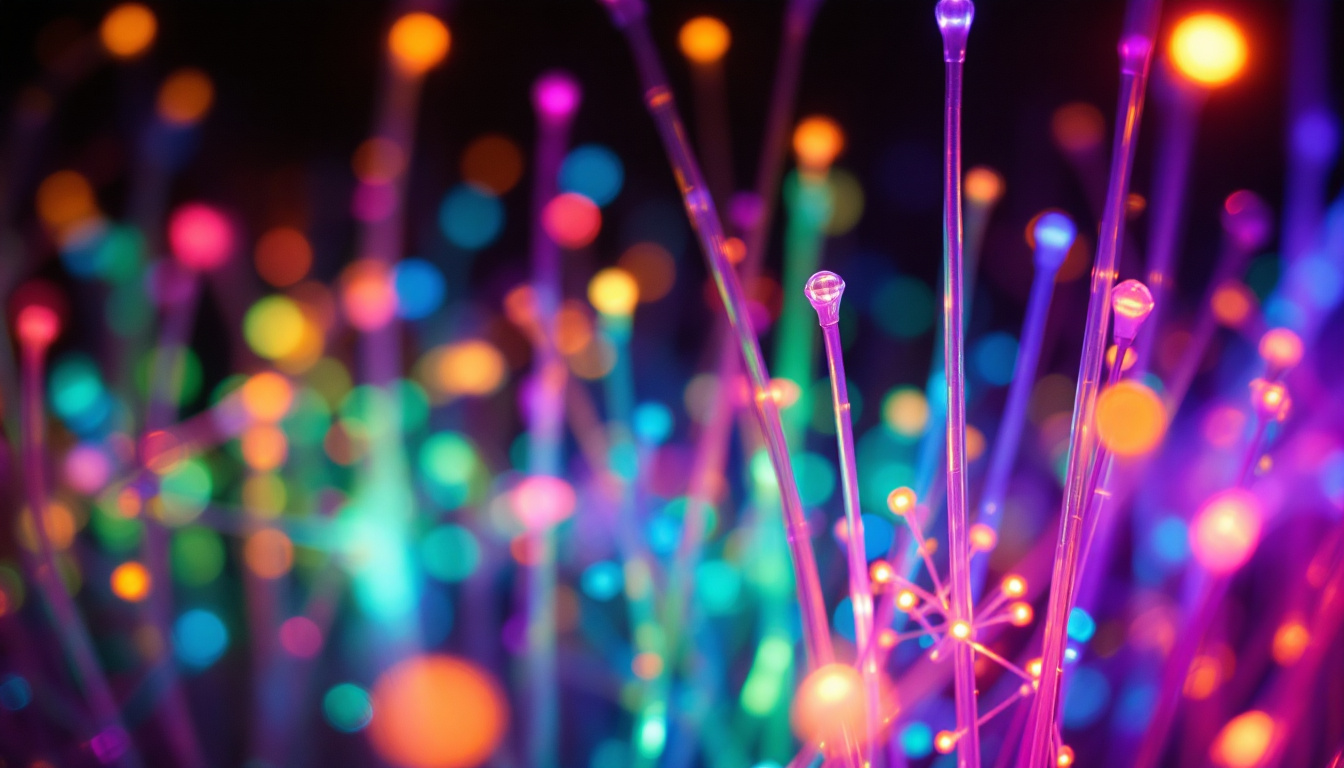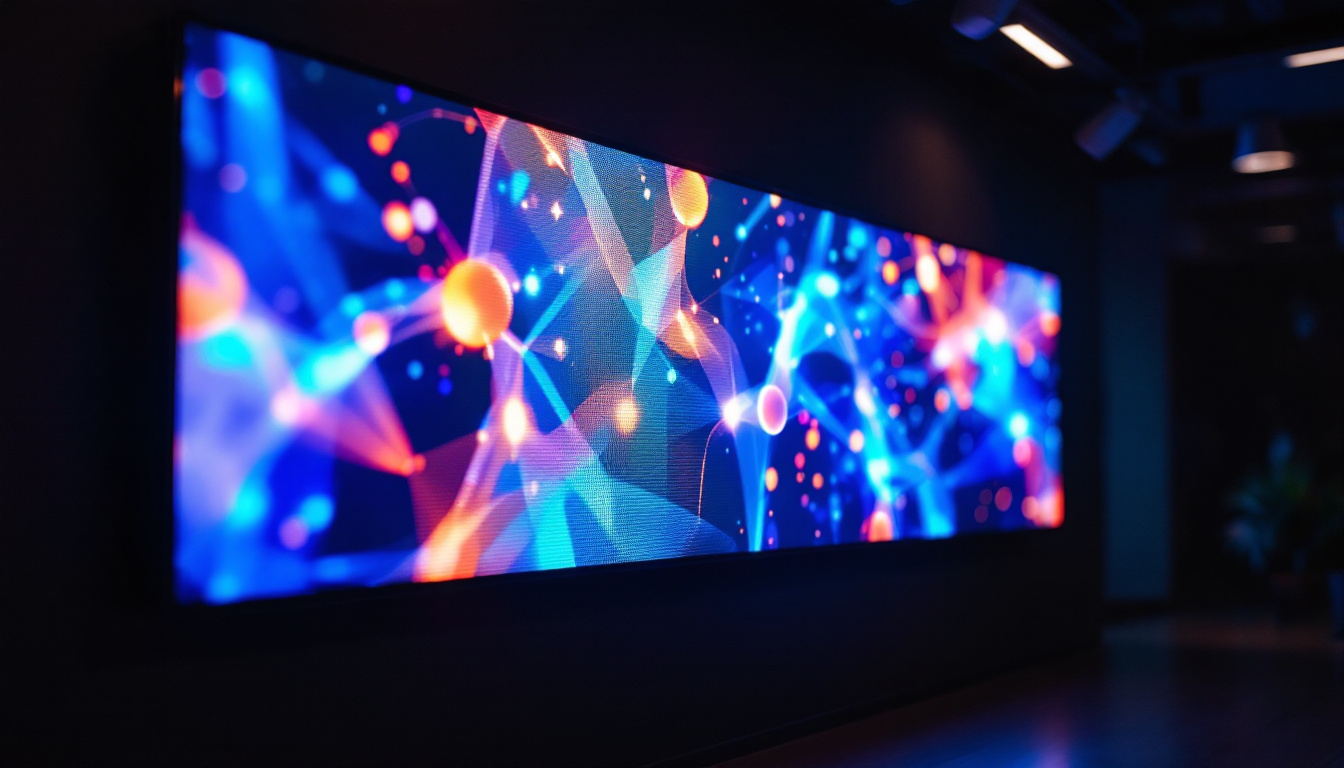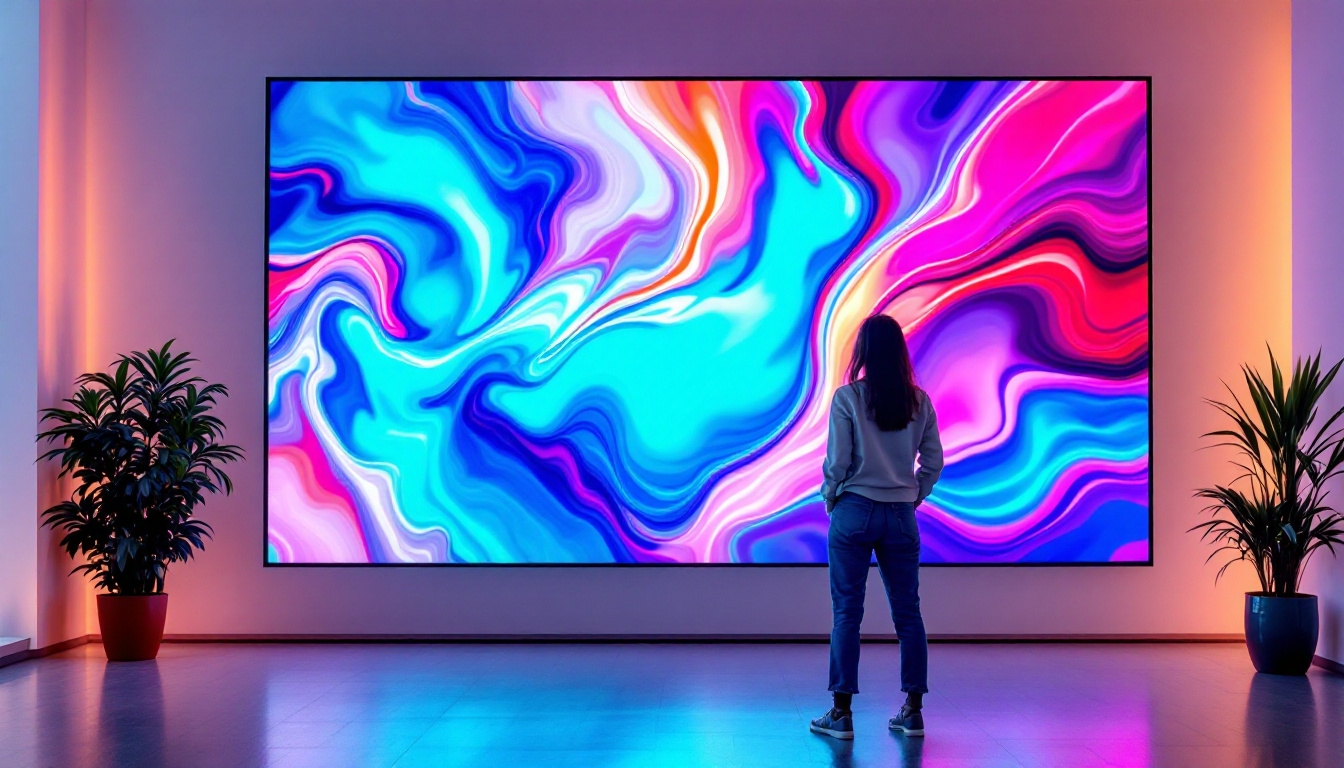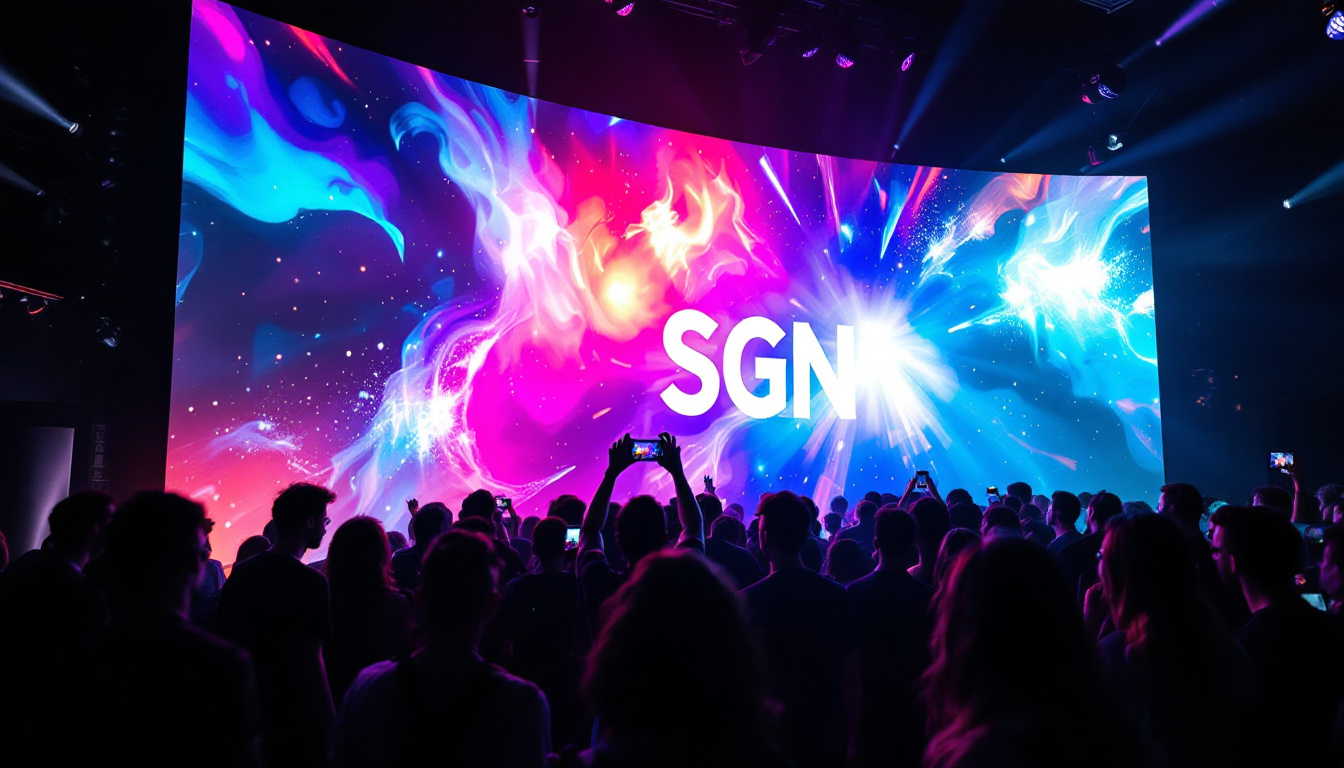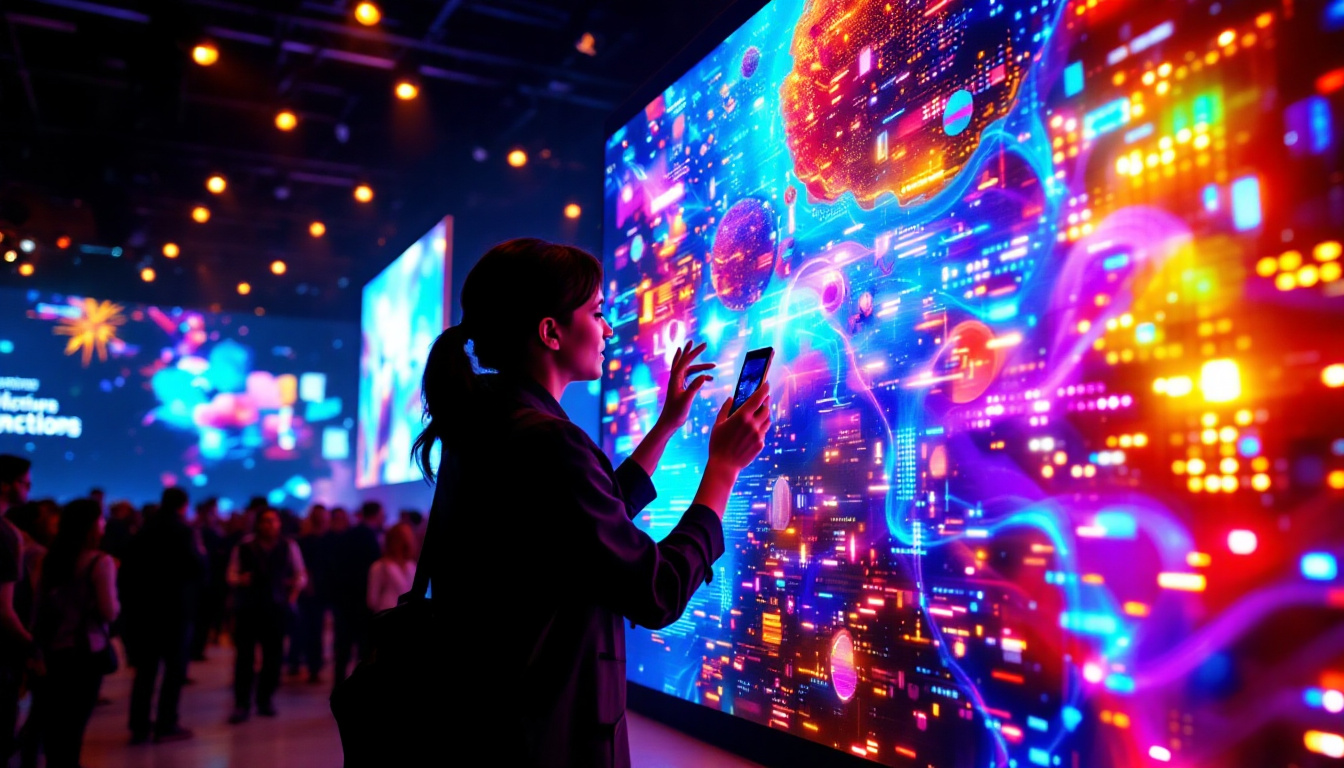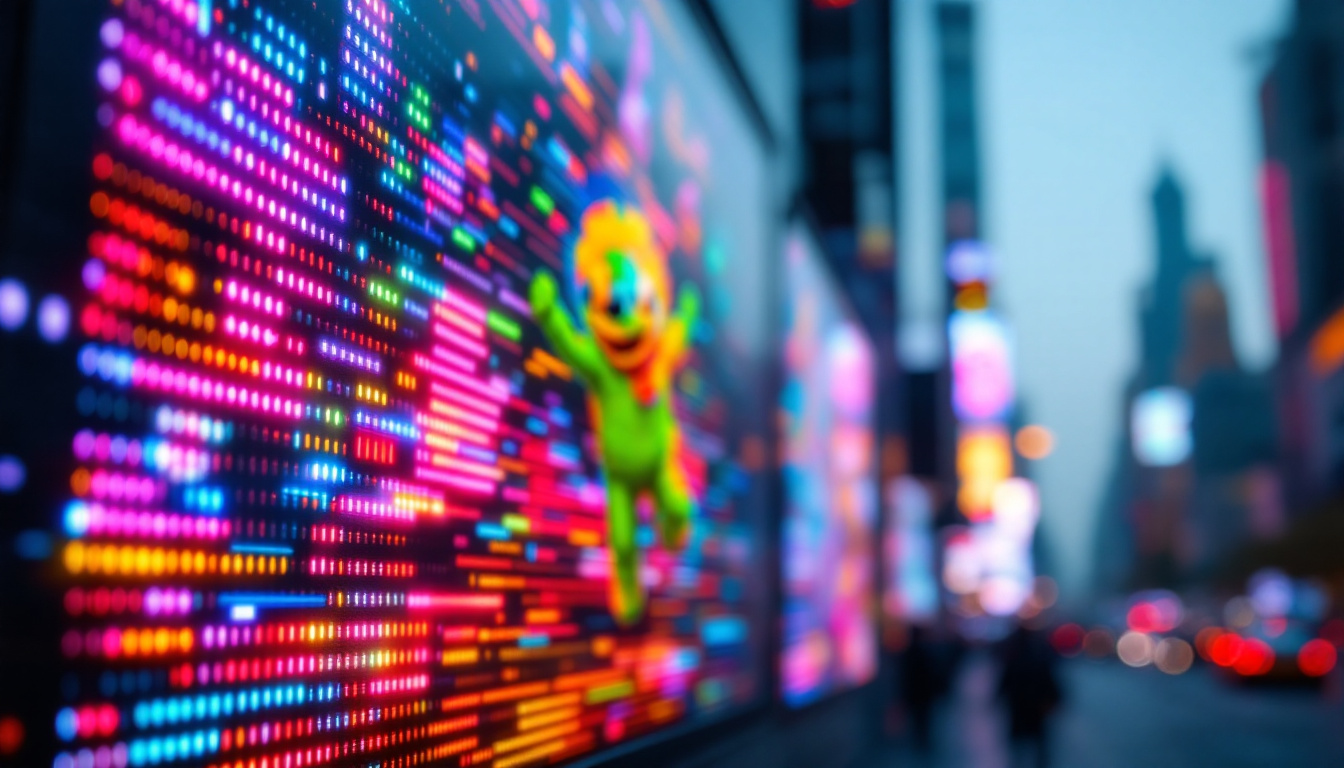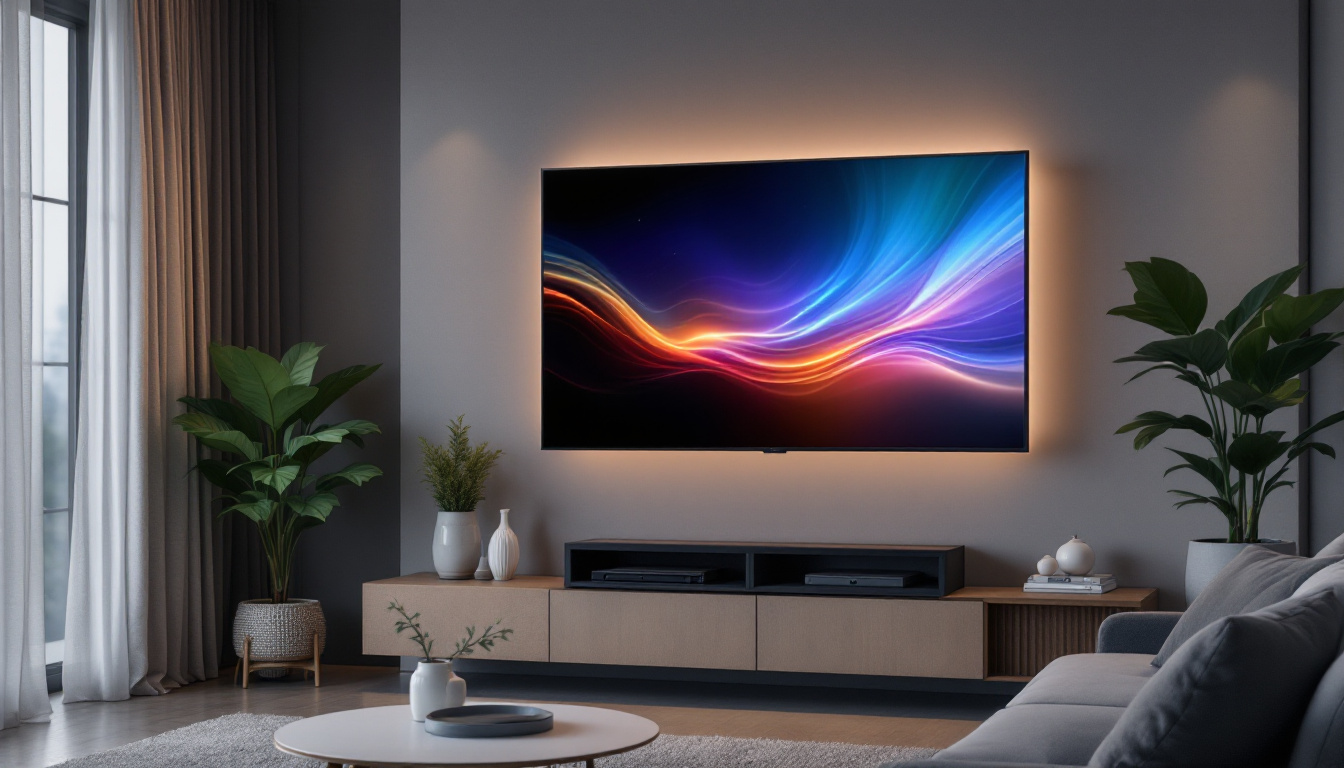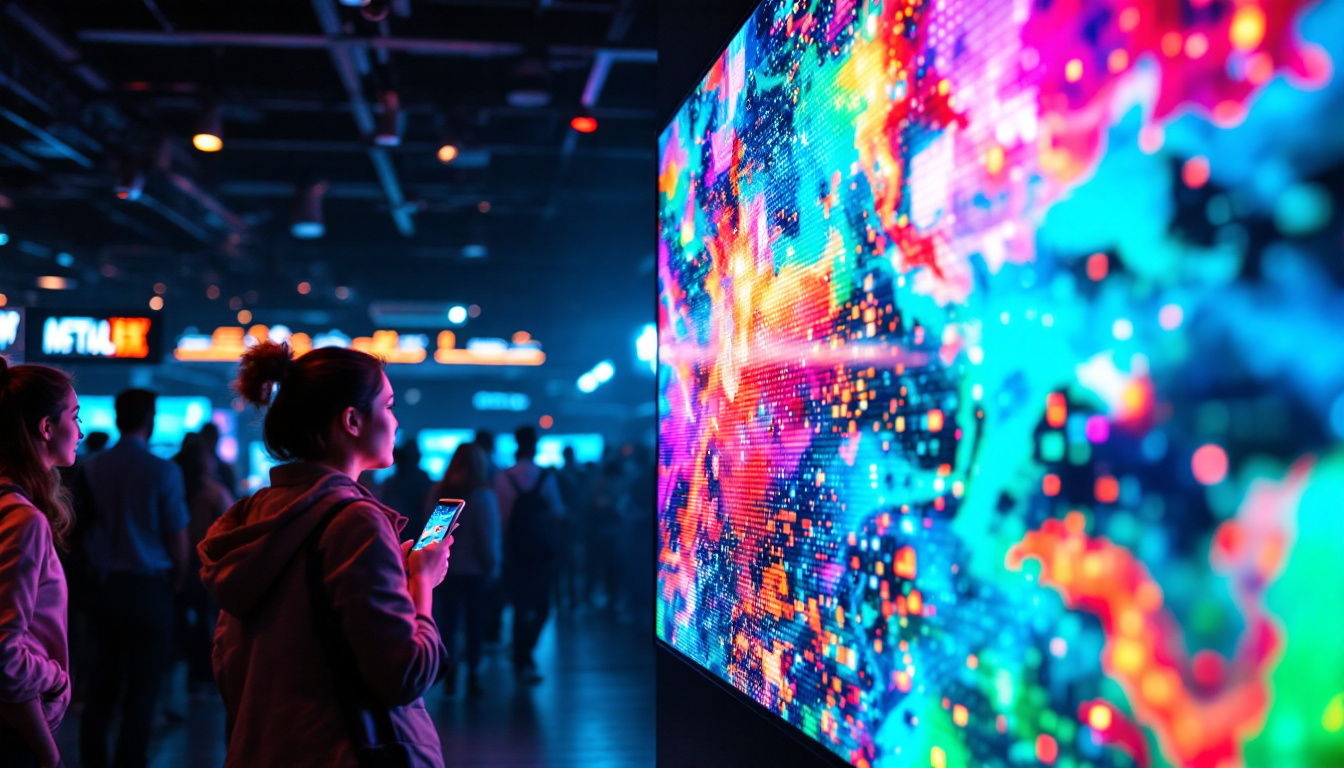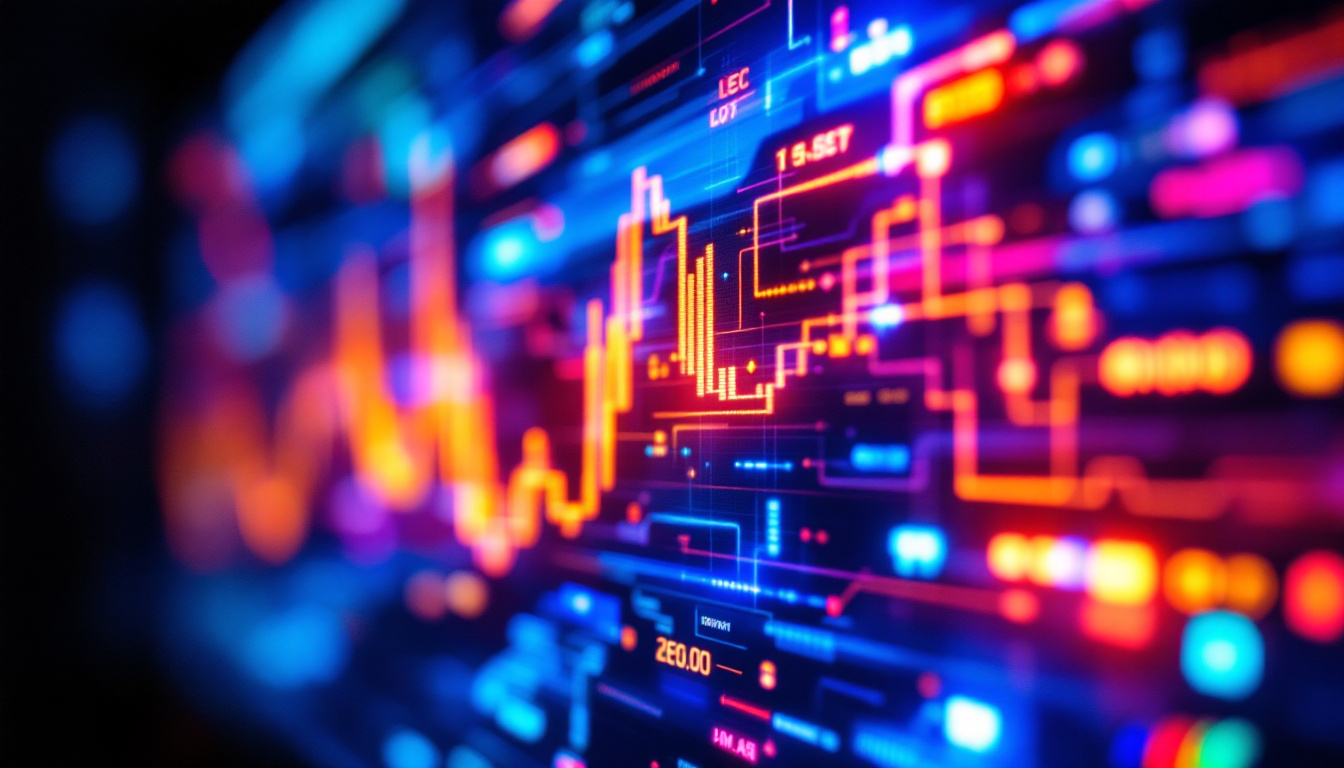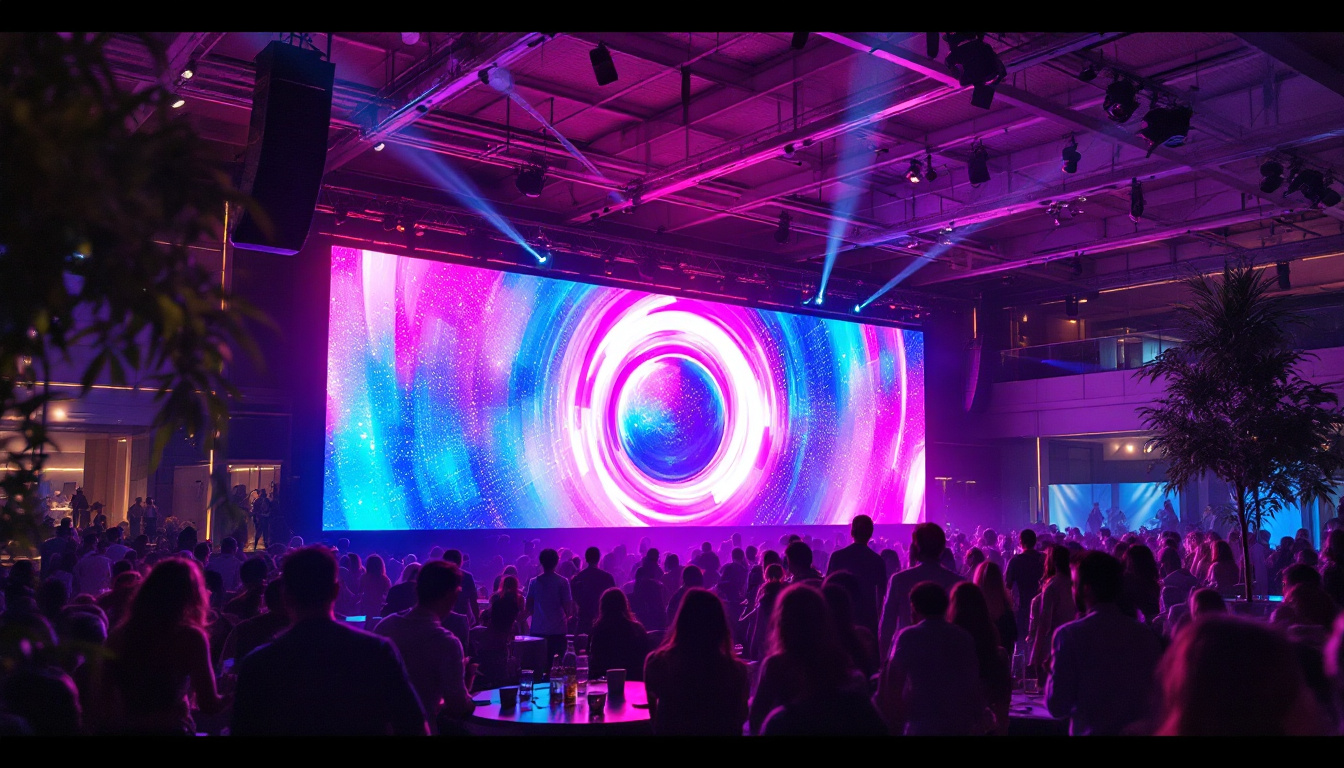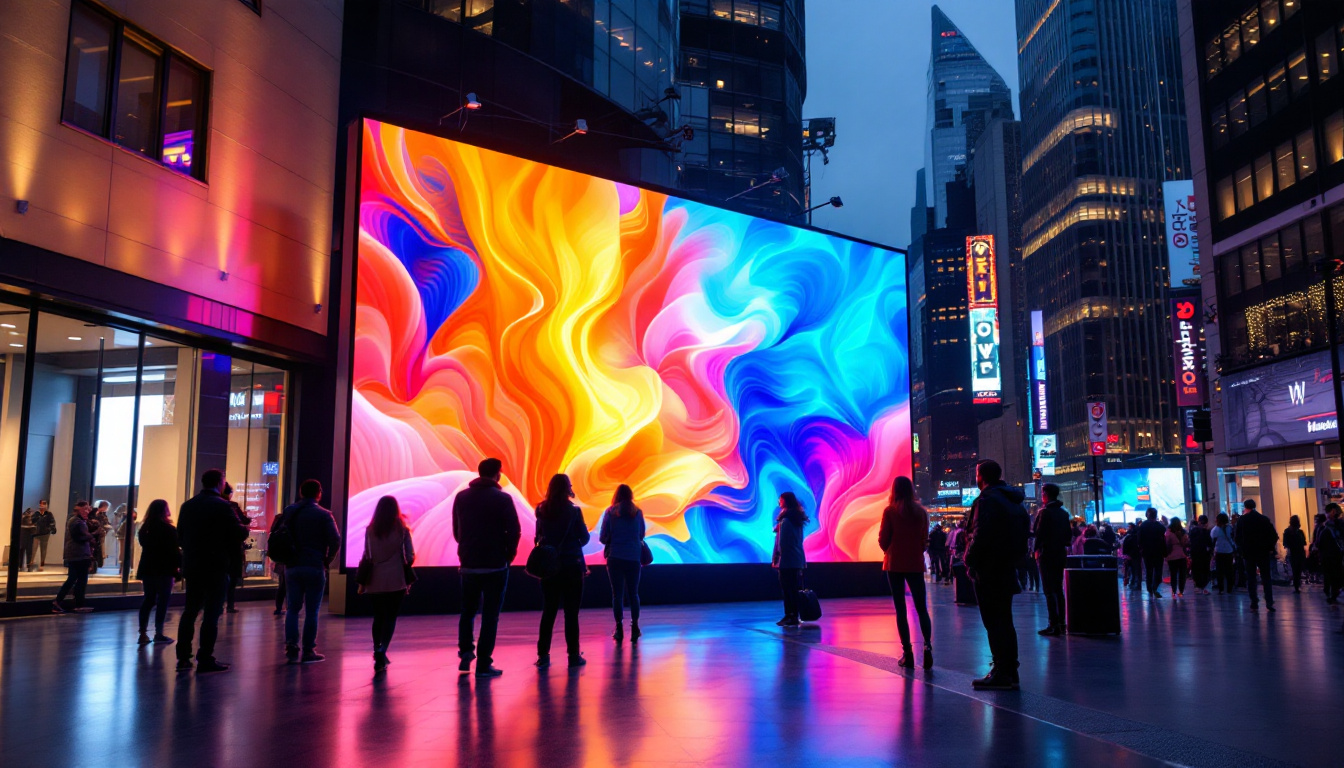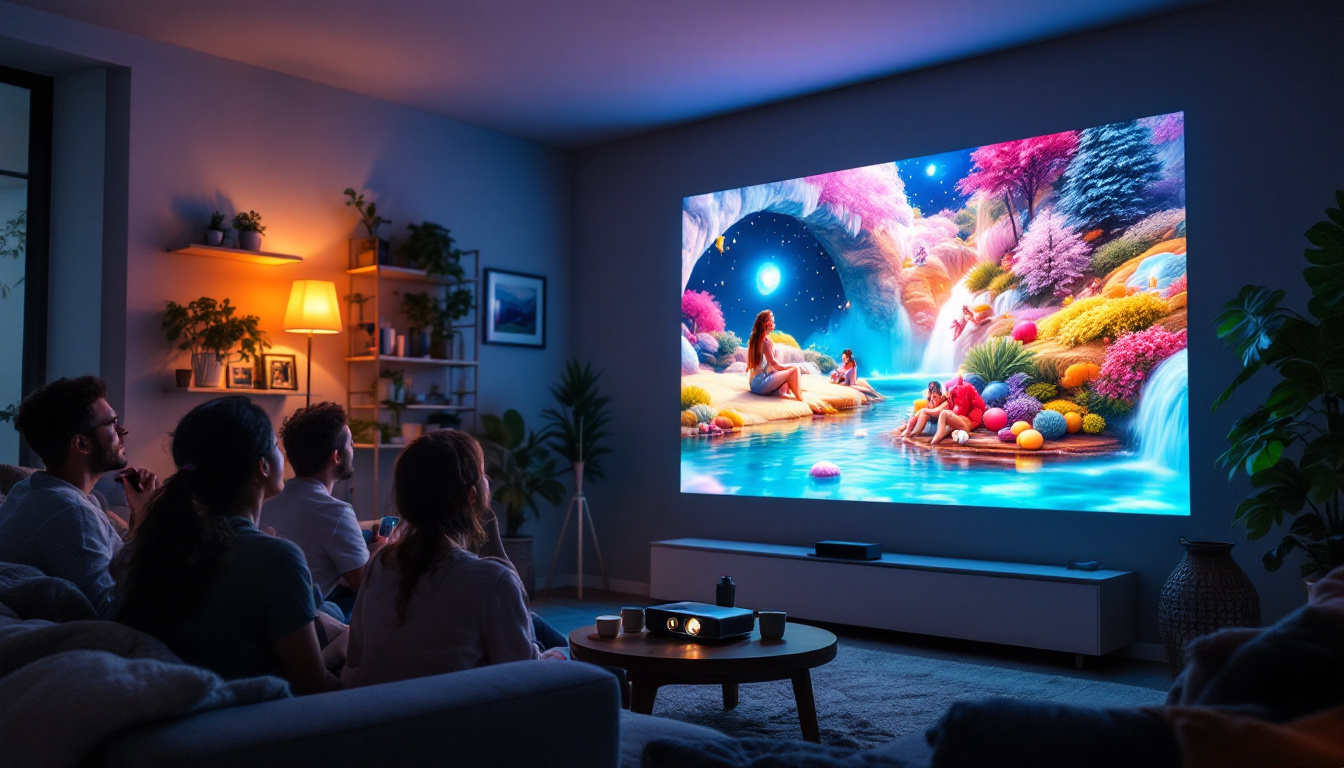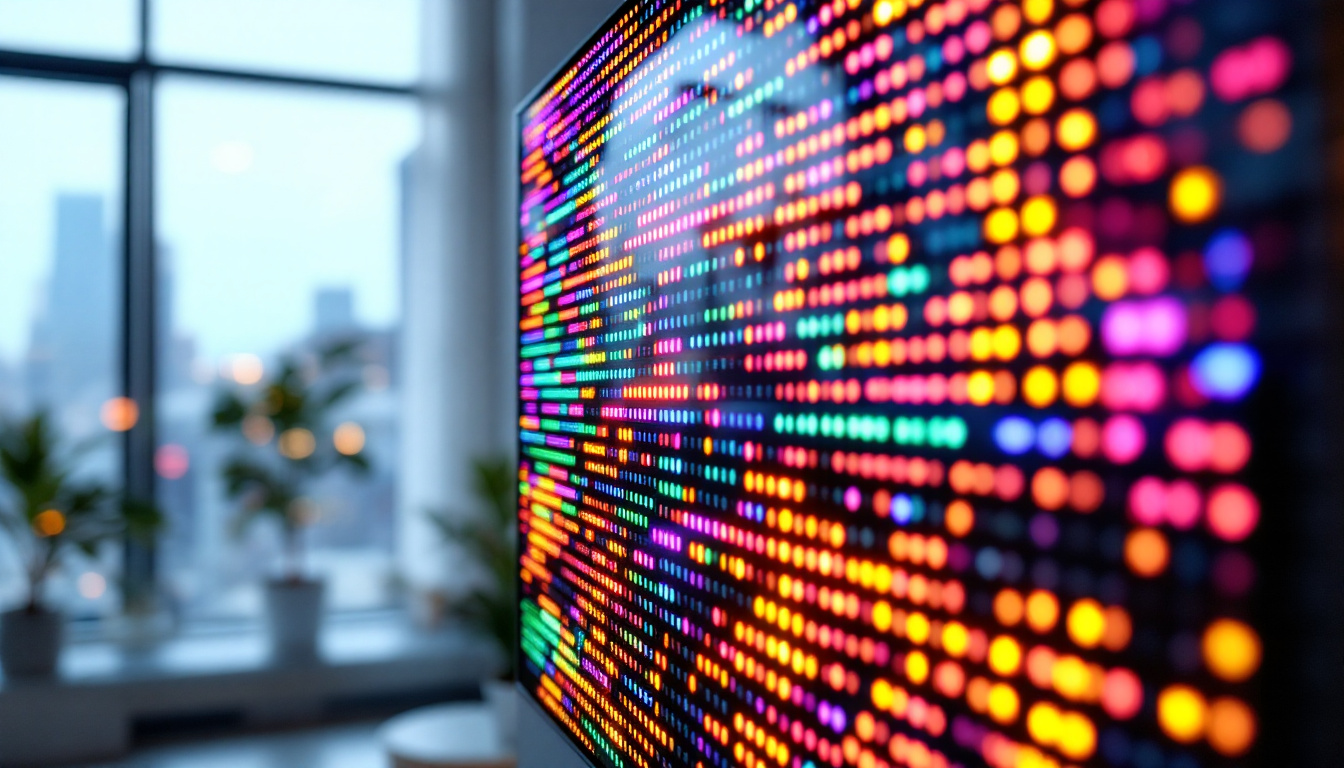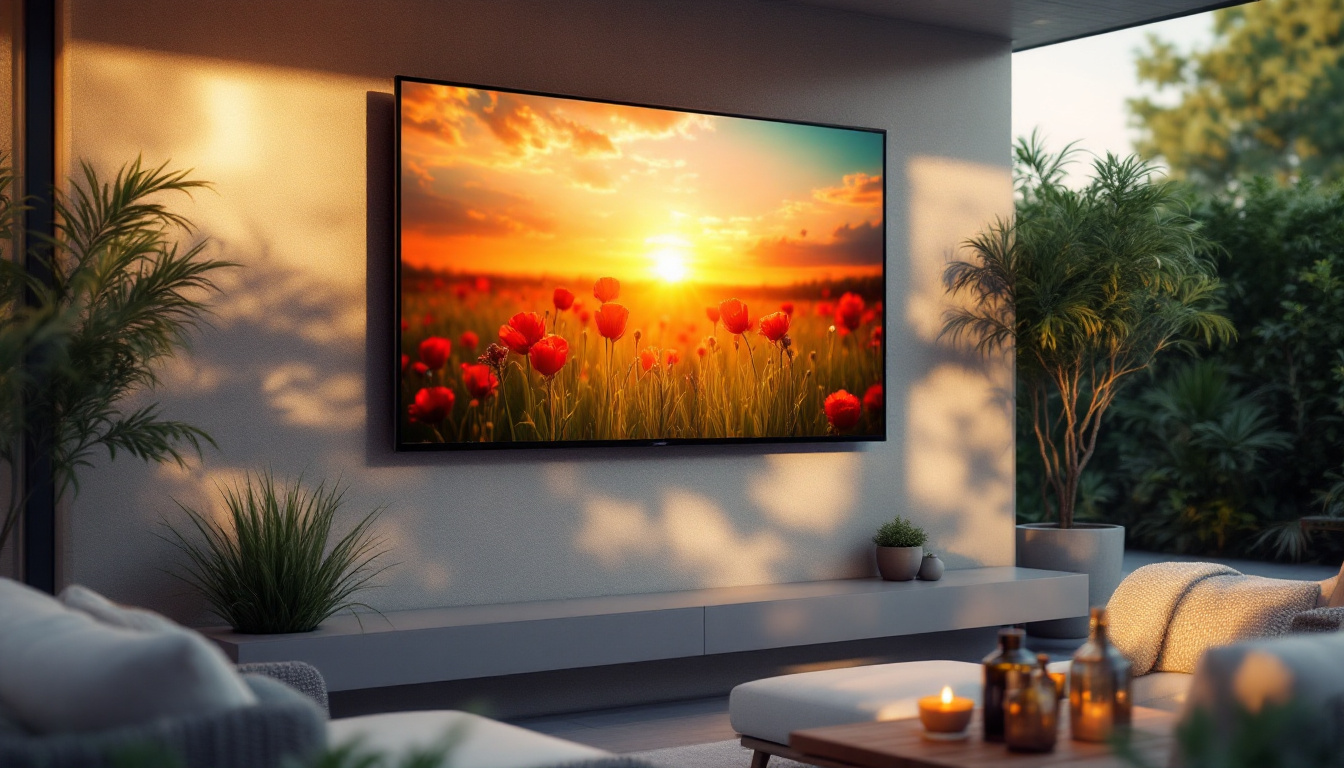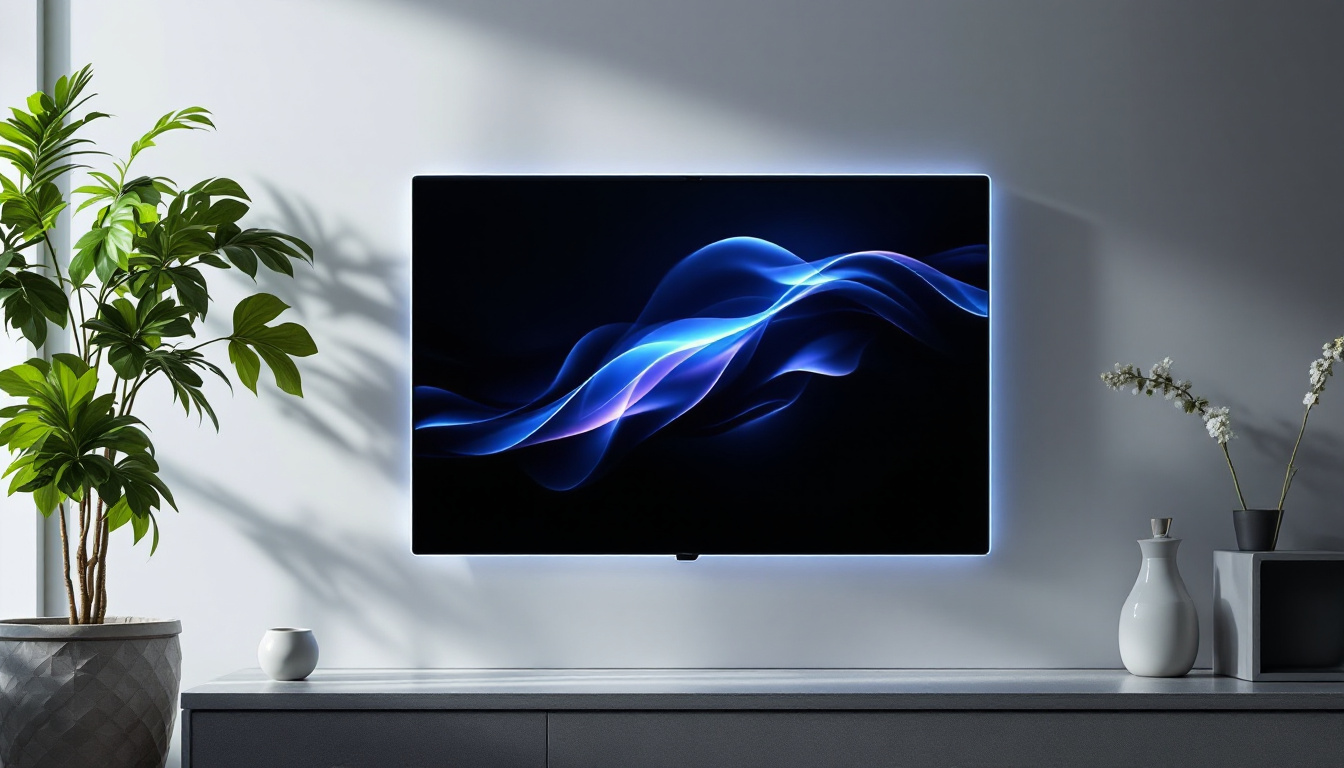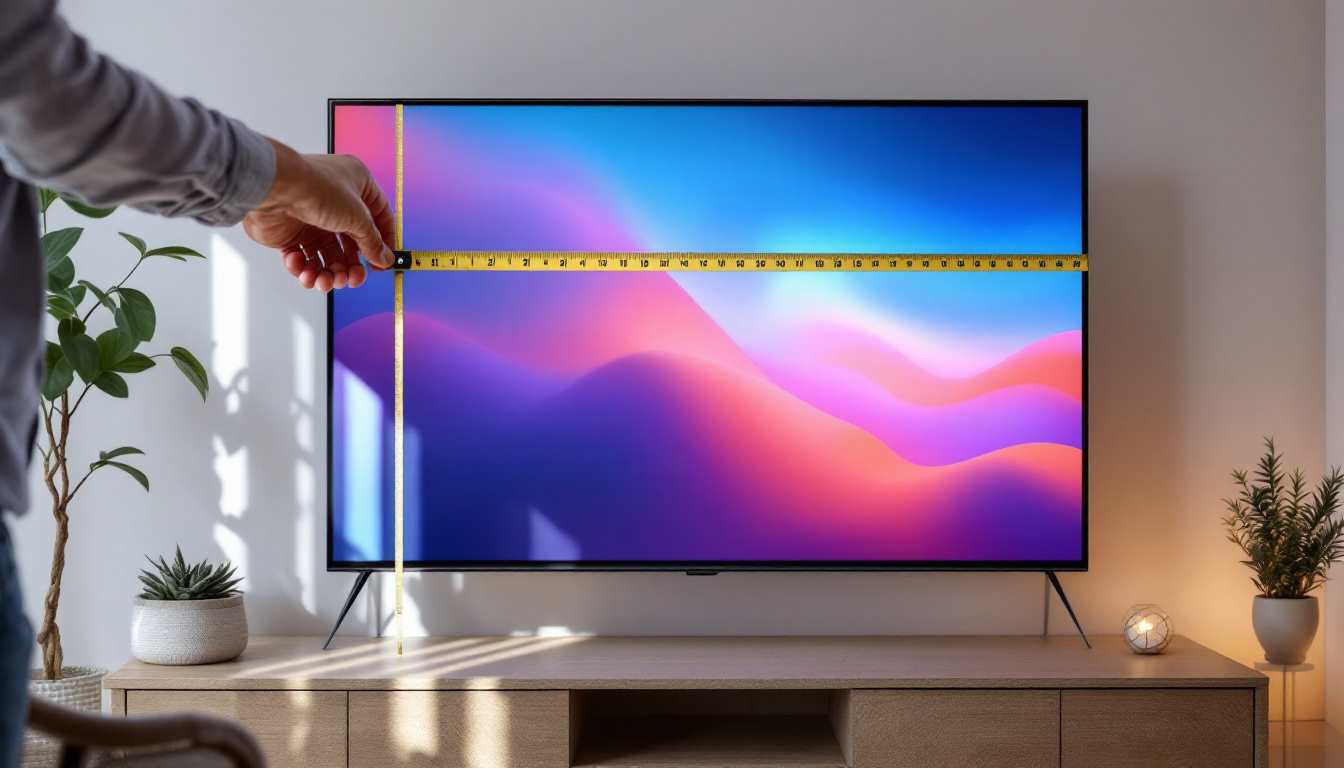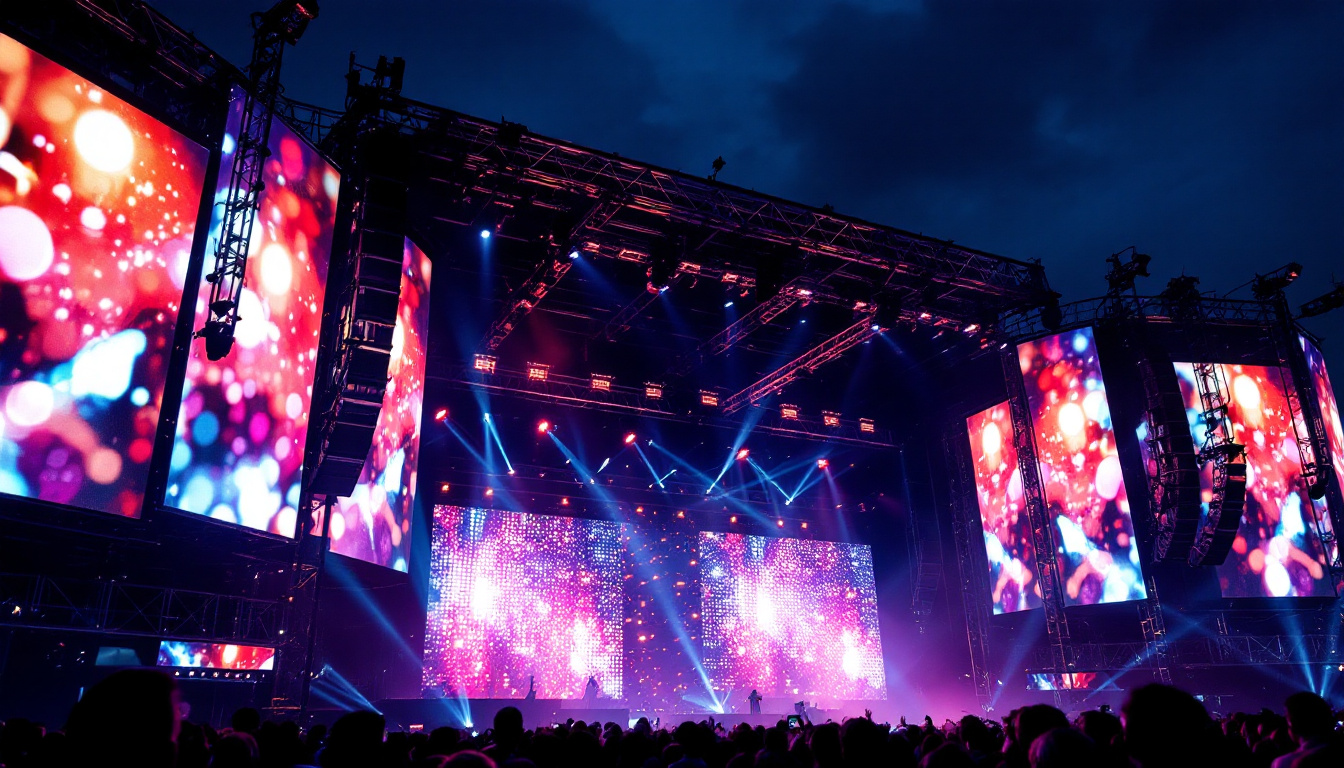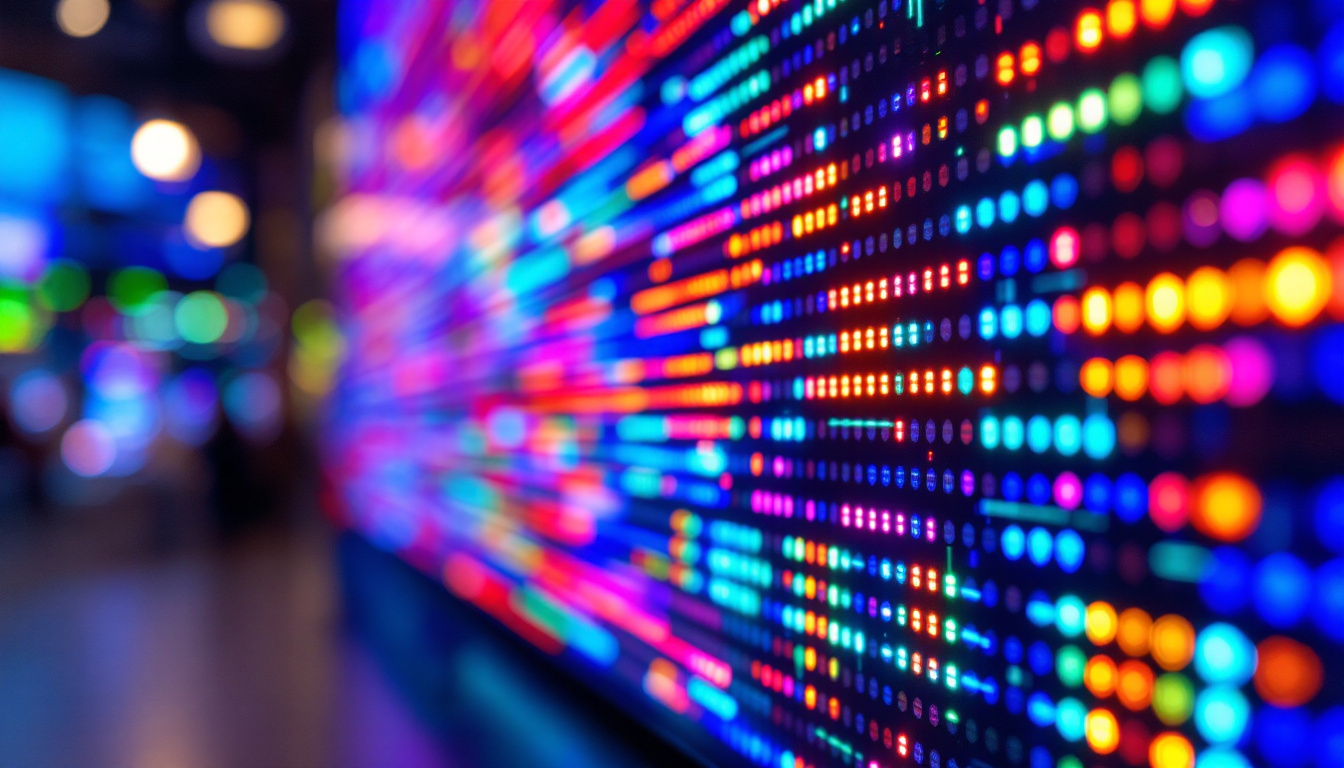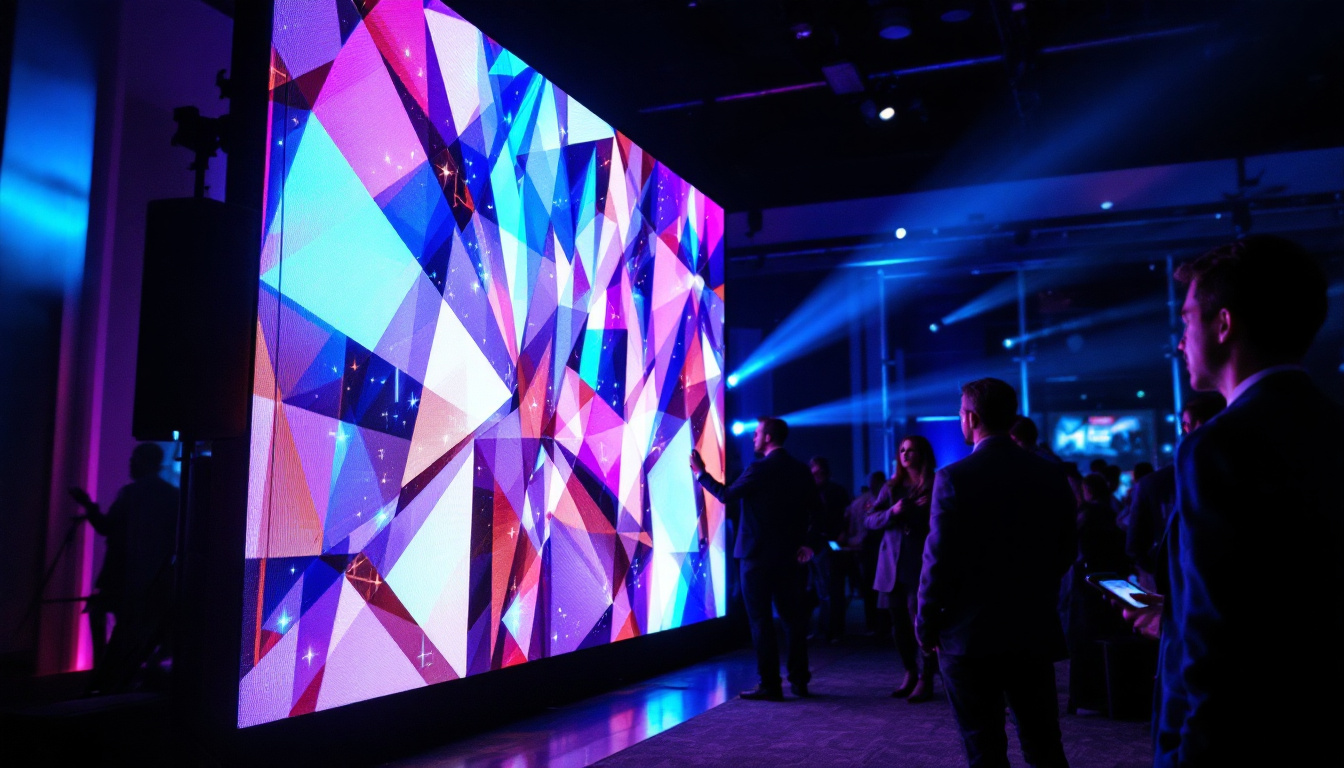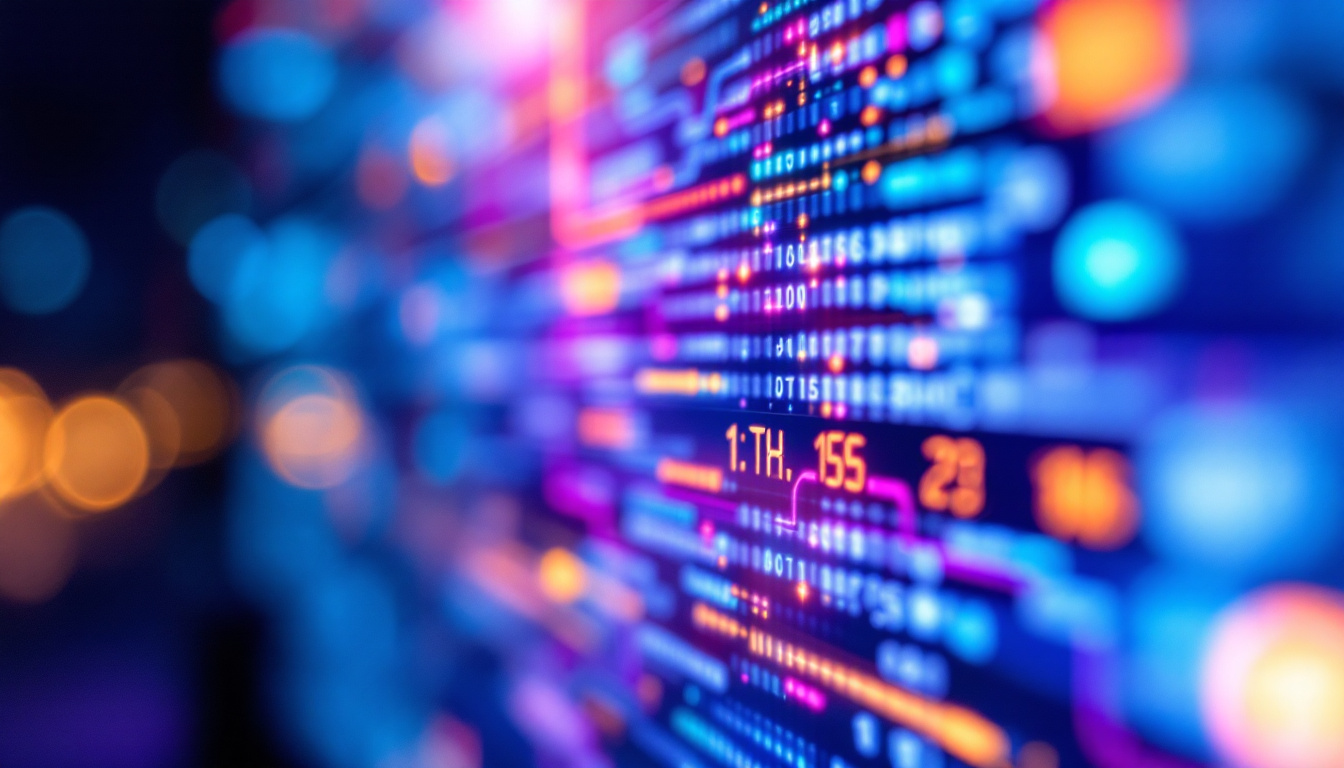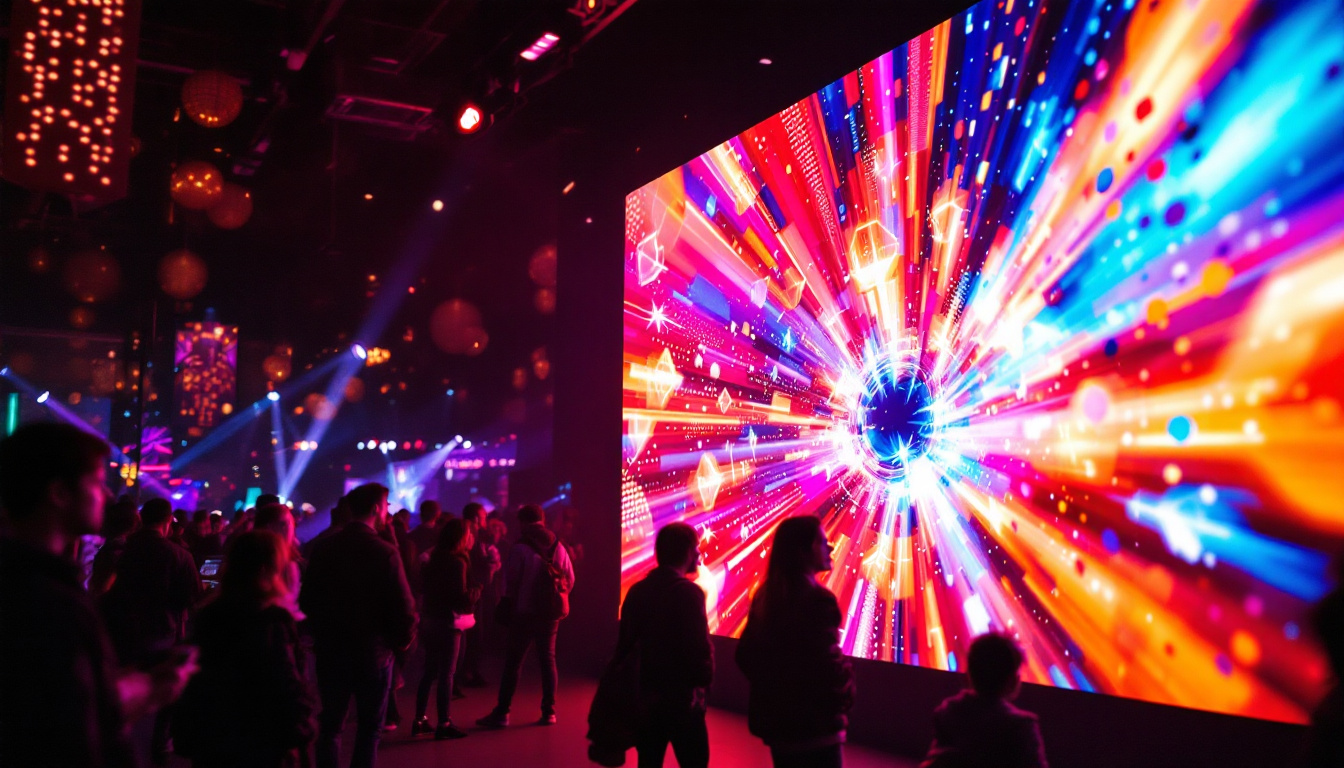In the ever-evolving world of technology, desktop displays have become an essential part of our daily lives. Whether for work, gaming, or leisure, the display quality can significantly impact the user experience. Among the various types of displays available, LED (Light Emitting Diode) displays have gained immense popularity due to their superior performance and efficiency. This article delves into the intricacies of LED displays, exploring their technology, benefits, and applications.
Understanding LED Technology
LED displays utilize a technology that employs light-emitting diodes to produce images. Unlike traditional LCD (Liquid Crystal Display) screens that rely on backlighting, LED displays can be categorized into two main types: direct-lit and edge-lit. Each type has its unique features and advantages.
Direct-Lit vs. Edge-Lit LED Displays
Direct-lit LED displays feature a matrix of LEDs positioned directly behind the screen. This configuration allows for uniform brightness across the entire display, resulting in better contrast and color accuracy. On the other hand, edge-lit displays have LEDs positioned along the edges of the screen, using a light guide to distribute the light evenly. While edge-lit displays are generally thinner and more energy-efficient, they may suffer from uneven brightness and poorer color performance compared to their direct-lit counterparts.
How LED Displays Work
LED displays work by passing an electric current through a semiconductor material, which then emits light. The color of the emitted light depends on the materials used in the semiconductor. In most cases, red, green, and blue LEDs are combined to create a full spectrum of colors. This RGB (Red, Green, Blue) model is fundamental in producing vivid and lifelike images on the screen.
Moreover, modern LED displays often incorporate advanced technologies such as local dimming and HDR (High Dynamic Range). Local dimming enhances contrast by dimming or turning off specific areas of the screen, while HDR allows for a broader range of colors and brightness levels, resulting in a more immersive viewing experience.
In addition to these advancements, LED technology has also made significant strides in terms of energy efficiency. Compared to traditional display technologies, LED displays consume considerably less power, making them an environmentally friendly option. This energy efficiency is particularly beneficial in large-scale installations, such as digital billboards and public displays, where the cost of electricity can be substantial. Furthermore, the longevity of LED lights contributes to lower maintenance costs, as they typically last much longer than conventional bulbs, reducing the need for frequent replacements.
The versatility of LED technology extends beyond just displays. It has found applications in various fields, including automotive lighting, architectural illumination, and even horticulture. For instance, in the agricultural sector, specialized LED grow lights are used to enhance plant growth by providing specific wavelengths of light that are crucial for photosynthesis. This adaptability showcases the potential of LED technology to revolutionize not just how we view images, but also how we interact with our environment on multiple levels.
Advantages of LED Displays
The popularity of LED displays can be attributed to a variety of advantages they offer over traditional display technologies. Understanding these benefits can help consumers make informed decisions when selecting a display for their needs.
Energy Efficiency
One of the most significant advantages of LED displays is their energy efficiency. Compared to traditional LCD or CRT (Cathode Ray Tube) displays, LED screens consume considerably less power. This efficiency not only reduces electricity bills but also contributes to a smaller carbon footprint, making LED displays an environmentally friendly choice. Additionally, many LED displays come with features such as automatic brightness adjustment, which further optimizes energy consumption based on ambient light conditions. This means that not only do consumers save money, but they also play a part in promoting sustainability by reducing energy demand.
Superior Image Quality
LED displays are renowned for their superior image quality. With higher brightness levels and improved contrast ratios, these displays can render deeper blacks and brighter whites, enhancing the overall viewing experience. Additionally, the fast response times of LED technology minimize motion blur, making them ideal for fast-paced content such as gaming and action movies. The color accuracy of LED displays is also noteworthy; they can produce a wider color gamut, allowing for more vibrant and true-to-life images. This capability makes them particularly popular among graphic designers and photographers who require precise color representation in their work.
Longevity and Durability
LED displays are designed to last longer than their predecessors. The solid-state nature of LEDs means they are less susceptible to damage from impacts or environmental factors. Furthermore, LED technology experiences less degradation over time, resulting in a longer lifespan and reduced need for replacements. This durability is especially beneficial in commercial settings, where displays are often in use for extended periods. Many LED screens also come with protective coatings that guard against dust and moisture, making them suitable for outdoor use in various weather conditions. As a result, businesses can rely on LED displays for consistent performance without the frequent maintenance or replacement costs associated with older technologies.
Applications of LED Displays
LED displays have found their way into a wide range of applications across various industries. Their versatility and performance make them suitable for numerous environments, from corporate offices to entertainment venues.
Professional Use
In professional settings, LED displays are commonly used for presentations, video conferencing, and data visualization. Their clarity and brightness ensure that information is easily visible, even in well-lit environments. Many businesses also utilize LED displays for digital signage, allowing them to communicate messages effectively to clients and customers. In addition to these applications, LED displays are increasingly being integrated into control rooms and command centers, where real-time data monitoring is crucial. The ability to display multiple data feeds simultaneously on large LED screens enhances situational awareness and decision-making processes, making them invaluable in sectors such as transportation, security, and emergency response.
Entertainment and Gaming
The entertainment industry has embraced LED technology, particularly in cinemas and gaming setups. High-definition LED displays provide an immersive experience, with vibrant colors and sharp details that enhance the visual appeal of films and video games. Additionally, many gaming monitors now feature LED backlighting to improve the overall aesthetic and functionality. Beyond traditional gaming, LED displays are also pivotal in the realm of esports, where large screens are used to broadcast live competitions to audiences both in-person and online. These displays not only showcase gameplay but also serve to engage fans with real-time statistics, player profiles, and interactive content, creating a dynamic atmosphere that elevates the spectator experience.
Home Use
For home users, LED displays have become the standard choice for televisions and computer monitors. Their affordability, combined with high-quality performance, makes them accessible to a wide audience. Smart TVs often incorporate LED technology, enabling users to enjoy streaming services and gaming with stunning visuals. Furthermore, the rise of home automation has led to the integration of LED displays into smart home systems, allowing users to control various functions through their screens. From displaying security camera feeds to controlling lighting and climate settings, these displays serve as central hubs for modern smart homes, enhancing convenience and connectivity in everyday life.
Choosing the Right LED Display
When selecting an LED display, several factors should be considered to ensure it meets individual needs and preferences. Understanding these factors can help consumers make informed choices that enhance their viewing experience.
Size and Resolution
The size of the display is a crucial factor, as it can significantly affect the viewing experience. Larger screens are ideal for immersive experiences, particularly in entertainment settings. However, the resolution is equally important. Higher resolutions, such as 4K or even 8K, provide greater detail and clarity, making them suitable for tasks that require precision, such as graphic design or video editing.
Refresh Rate and Response Time
For gamers and those who watch fast-paced content, the refresh rate and response time of a display are critical. A higher refresh rate, measured in hertz (Hz), ensures smoother motion and reduces motion blur. Similarly, a lower response time, measured in milliseconds (ms), minimizes ghosting effects, enhancing the overall gaming experience.
Additional Features
Many LED displays come with additional features that can enhance usability. These may include built-in speakers, adjustable stands, and connectivity options such as HDMI and USB ports. Some displays also offer advanced features like blue light filters to reduce eye strain during extended use, making them more comfortable for users.
Future of LED Displays
The future of LED displays looks promising, with ongoing advancements in technology and design. As consumer demands continue to evolve, manufacturers are focusing on enhancing performance and functionality.
MicroLED Technology
One of the most exciting developments in the field of LED displays is MicroLED technology. This innovative approach utilizes microscopic LEDs to create displays that offer even greater brightness, contrast, and energy efficiency. MicroLED displays have the potential to revolutionize the industry, providing seamless integration into various applications, from televisions to wearable devices.
Flexible and Transparent Displays
Another area of innovation is the development of flexible and transparent LED displays. These displays can bend and curve, allowing for new design possibilities in consumer electronics and advertising. Transparent displays, in particular, open up exciting opportunities for augmented reality experiences and interactive advertising, merging the digital and physical worlds.
Enhanced Interactivity
As technology advances, the interactivity of LED displays is expected to improve. Touchscreen capabilities and gesture recognition are becoming increasingly common, allowing users to engage with content in new and innovative ways. This trend is particularly relevant in retail and educational settings, where interactive displays can enhance user engagement and learning experiences.
Conclusion
LED displays have transformed the way we interact with technology, offering superior performance, energy efficiency, and versatility. Understanding the intricacies of LED technology, its advantages, and its applications can help consumers make informed decisions when selecting a display for their needs. As advancements continue to shape the future of LED displays, the possibilities for enhanced user experiences are limitless. Whether for professional use, entertainment, or home applications, LED displays are poised to remain at the forefront of display technology for years to come.
Explore Cutting-Edge LED Displays with LumenMatrix
Ready to experience the future of display technology? LumenMatrix is at the forefront of LED innovation, offering a wide array of solutions tailored to meet your specific needs. From captivating Indoor LED Wall Displays to dynamic Outdoor LED Wall Displays, and from versatile Vehicle LED Displays to sleek LED Poster Displays, our products are designed to revolutionize visual communication. Discover how our LED Sports Displays, interactive Floor LED Displays, and Custom LED Display options can transform your space. Don’t miss out on our revolutionary All-in-One LED Display and LED Transparent Display solutions. Elevate your visual experience and engage your audience like never before. Check out LumenMatrix LED Display Solutions today and share your message with unparalleled impact and clarity.


